Top Things to Know Before Buying a Garden Layout
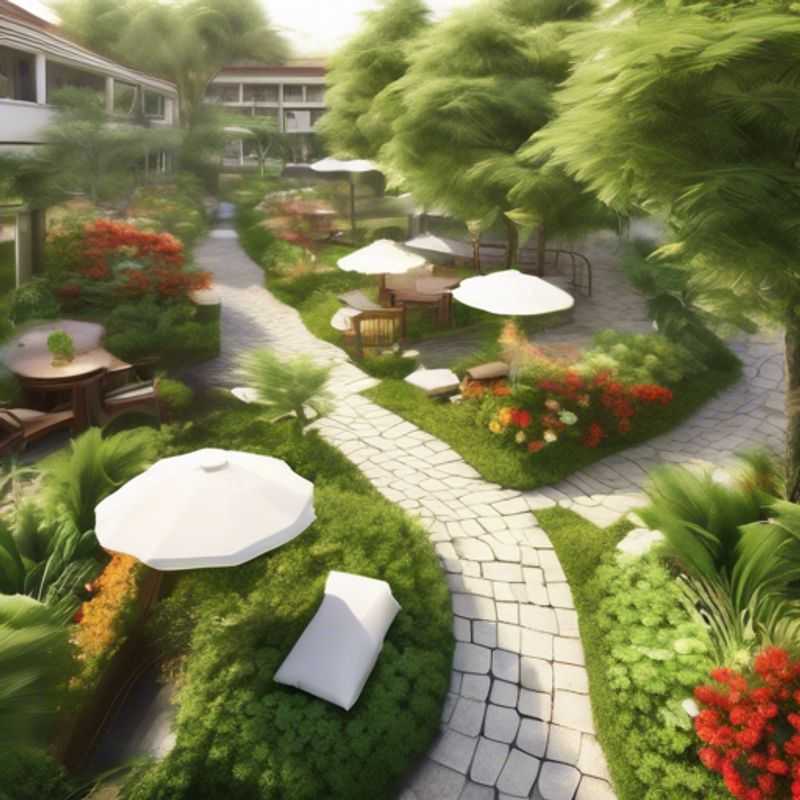
Top Things to Know Before Buying a Garden Layout: Planning for Success
Planning your garden layout is the foundation for a successful and enjoyable outdoor space. Before you start digging, consider these key points to ensure a well-designed and functional garden that thrives for years to come.
1. Determine your space: The first step is to accurately measure your garden area. This helps you plan the layout of your beds, pathways, and any other features. A clear understanding of your space will prevent overcrowding and ensure efficient use of your garden area.
2. Sunlight and soil: Assess the sunlight exposure and soil conditions of your garden.

Planning Your Garden: Measuring and Laying Out Your Space
Determining the size and layout of your garden space is crucial for effective planning. It sets the foundation for your garden's success and ensures you utilize your space wisely.
Start by measuring your garden area. Use a measuring tape to determine the length and width, and calculate the total square footage. This information is essential for determining how much planting space you have and what you can realistically grow.
Next, consider the layout. Take into account sunlight exposure, existing features like trees or fences, and your preferred gardening style. Sketch a rough plan on paper, dividing the space into distinct areas for different plant types, walkways, and seating areas.
Remember, plan for future growth. Leave adequate space between plants to accommodate their expansion as they mature.
You might consider hiring a landscape architect or designer if you need help with more complex designs or if your garden is large and you want professional assistance. This is a paid service that can offer valuable expertise.
Once you have a clear understanding of your garden space, you can move on to selecting plants, determining soil requirements, and planning irrigation systems. This comprehensive planning will make your garden both beautiful and functional.
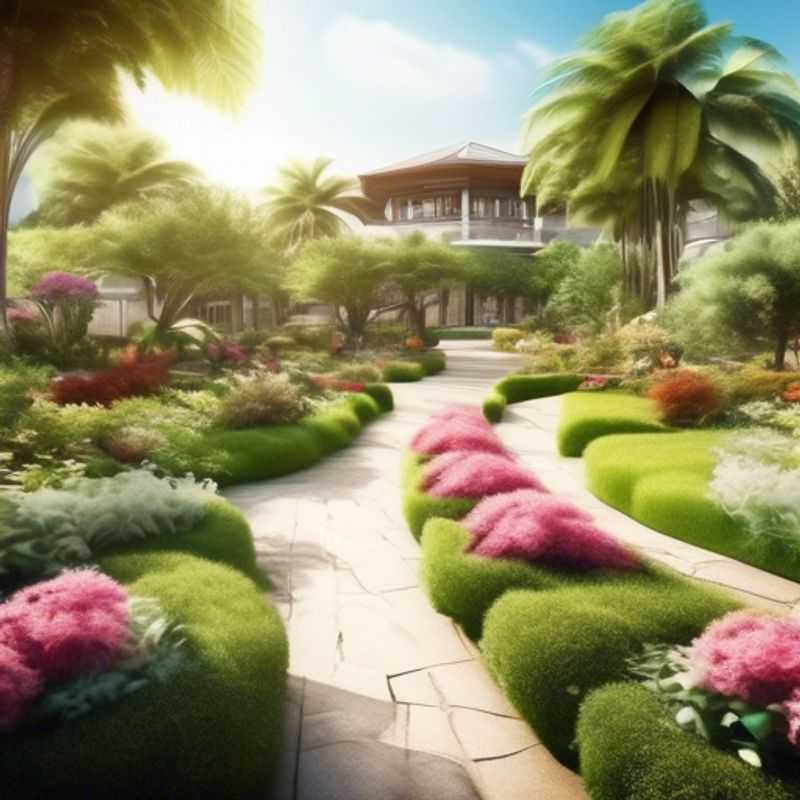
Sunlight and Soil: Key Factors for Garden Success
Before you start planting, you need to know what kind of light your garden gets and what kind of soil you have. This is called site analysis and it's the most important step in planning your garden.
Sunlight is essential for plants to grow. Different plants have different needs. Some plants need full sun, which is at least 6 hours of direct sunlight a day. Others need partial shade, which is 3-6 hours of direct sunlight a day. And still others need full shade, which is less than 3 hours of direct sunlight a day. You can find out how much sun your garden gets by observing it throughout the day.
Soil is another important factor. Different plants thrive in different types of soil. Some plants prefer sandy soil, which drains well but can be low in nutrients. Others prefer clay soil, which retains moisture but can be difficult to work with. And still others prefer loam soil, which is a mixture of sand, clay, and silt, and is generally the best type of soil for most plants.
You can test your soil type by feeling it. Sandy soil feels loose and crumbly, clay soil feels sticky and hard, and loam soil feels soft and easy to work with. You can also get your soil tested by a local agricultural extension office. A soil test can tell you the pH of your soil, as well as the levels of nutrients like nitrogen, phosphorus, and potassium.
Once you know your soil type, you can amend it to make it more suitable for your plants. For example, you can add compost to sandy soil to improve its water retention, and you can add sand to clay soil to improve its drainage.
Knowing your garden's sunlight exposure and soil conditions will help you choose the right plants and ensure that your garden flourishes.
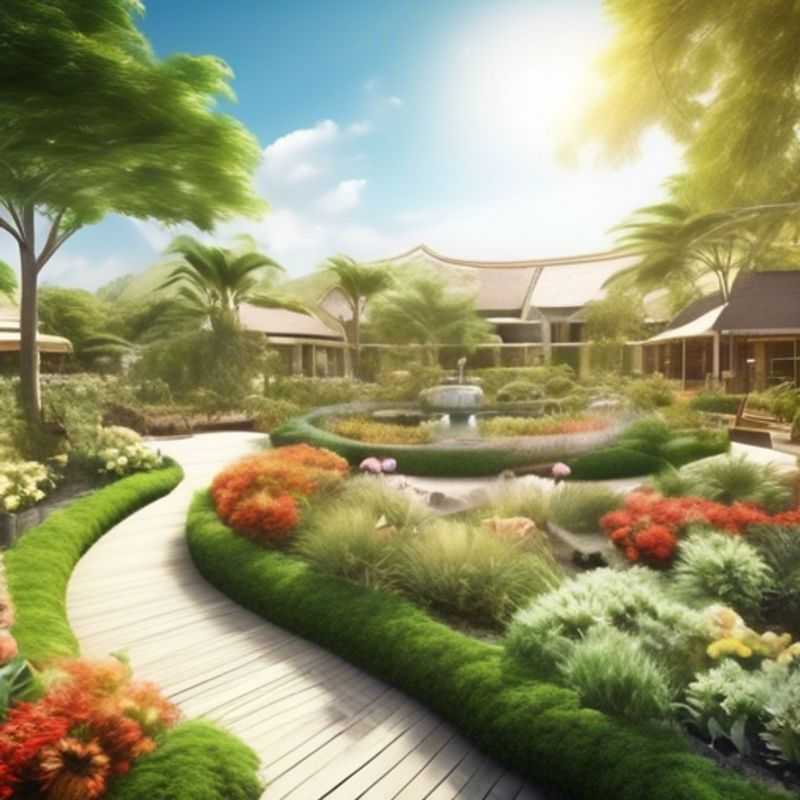
Finding Your Garden Style: Exploring Design Options for Your Outdoor Oasis
Before diving into any specific garden design, take some time to understand the various styles available. This initial research will save you time and effort in the long run, ensuring your garden reflects your tastes.
Popular styles include:
Formal Gardens: Known for symmetry, structure, and intricate designs, often featuring geometric patterns, hedges, and topiary.
Informal Gardens: Emphasize natural elements with a focus on curves, flowing lines, and a relaxed atmosphere.
Cottage Gardens: A charming and romantic style characterized by abundant flowers, climbing plants, and a whimsical feel.
Japanese Gardens: Focus on tranquility and harmony, incorporating elements such as rocks, water features, and carefully chosen plants.
Mediterranean Gardens: Embrace the warm climate with drought-tolerant plants, stonework, and a relaxed, airy feel.
Modern Gardens: Emphasize clean lines, minimal planting, and a focus on textures and materials.
Explore these styles through books, magazines, online resources, and even by visiting local gardens. Observe what resonates with you and consider how each style might fit your available space, desired ambiance, and maintenance preferences. This research will serve as a foundation for your design decisions, ensuring a garden that brings you joy for years to come.
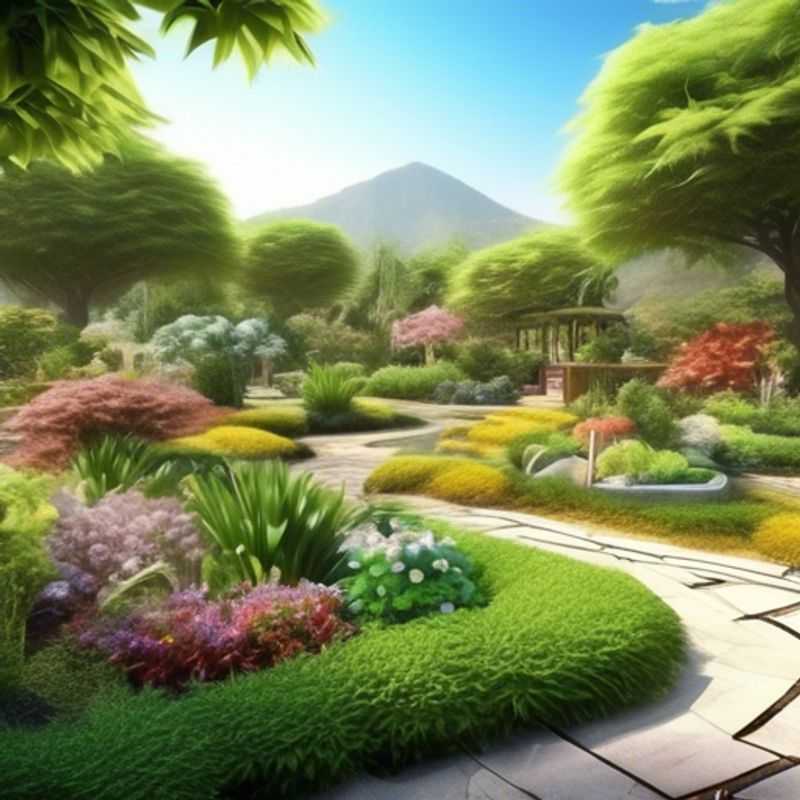
Designing Functional Outdoor Spaces: Pathways, Seating, and Storage
Incorporating functional elements like pathways, seating areas, and storage solutions can significantly enhance the usability and efficiency of any space. These elements are essential for creating a welcoming and practical environment, particularly in busy areas like offices, retail stores, and public spaces.
Pathways play a crucial role in guiding movement and ensuring smooth flow of people. Well-designed pathways should be wide enough to accommodate pedestrian traffic, free from obstacles, and clearly marked with signage or contrasting materials.
Seating areas provide opportunities for rest, relaxation, and social interaction. Consider the purpose and intended use of the seating area when choosing the type and placement of furniture. For example, comfortable chairs and tables might be appropriate for a waiting area, while benches or stools could be suitable for a public park.
Storage solutions are essential for organizing and storing belongings. Choose storage options that are suitable for the items being stored and the available space. Shelving units, cabinets, and drawers can be used to create organized and efficient storage systems.
Remember to consider safety aspects when designing and installing functional elements. Ensure that pathways are well-lit and free from tripping hazards. Choose seating that is sturdy and comfortable. And install storage solutions securely to prevent accidents.
It is important to note that costs associated with incorporating functional elements can vary significantly depending on the scale of the project, materials used, and labor involved. Consult with professional designers, architects, and contractors for accurate estimates and advice on selecting appropriate materials and solutions.
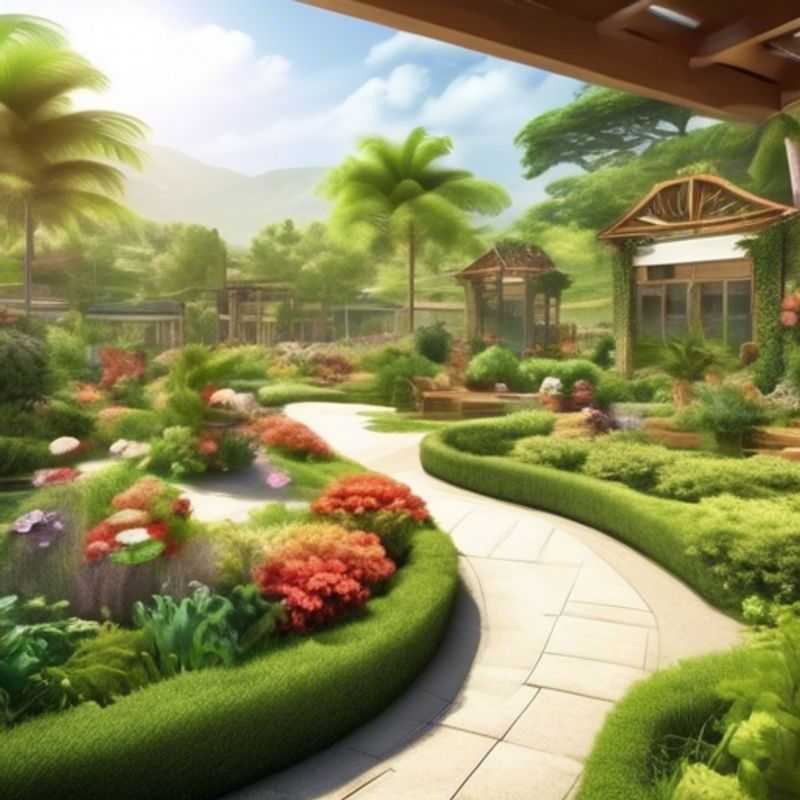
Choosing the Right Plants for Your Climate: A Guide to Sustainable Gardening
Choosing plants that thrive in your local climate is the foundation of a successful and sustainable garden. This means selecting species that are adapted to the amount of sunlight, rainfall, and temperature fluctuations your region experiences. Understanding your local climate zone is crucial. Resources like the USDA Plant Hardiness Zone Map can help determine which plants are likely to flourish in your area.
Consider the specific microclimate within your garden. Factors like shade from buildings, wind patterns, and soil type can create distinct environments within your yard. Researching the needs of different plant varieties and matching them to these microclimates will ensure they thrive. For example, if your garden has a shady area, choose plants that tolerate low light conditions.
Invest in local expertise. Your local nursery or garden center can provide valuable information about plants best suited for your region. They can also advise on specific varieties that are drought-tolerant or resistant to common pests in your area.
Prioritize native plants. Native plants are adapted to the local ecosystem and often require less care, promoting biodiversity and reducing your environmental impact. They are also likely to be more resilient to local pests and diseases. Local nurseries often carry native plant selections, and resources like the National Wildlife Federation’s website can help identify native plants for your region.
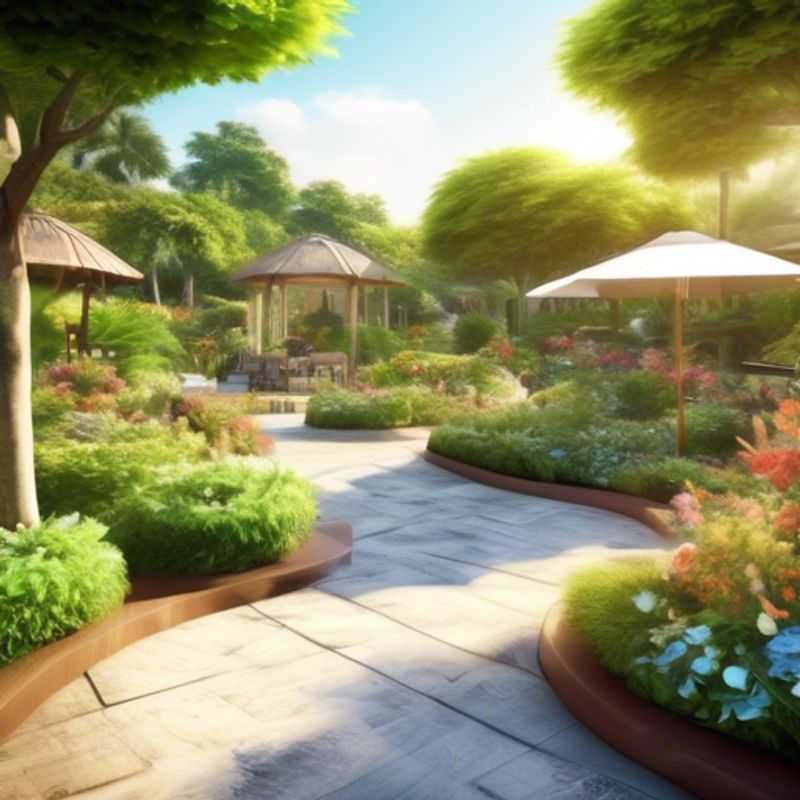
Planning for Growth: Designing Your Garden for Future Expansion
Planning for future growth and expansion in your garden layout is crucial for a thriving and evolving outdoor space. Consider the following key aspects:
1. Space Allocation: Start by assessing your available space. Map out existing structures, walkways, and planting areas. Identify potential areas for future expansion, considering factors like sunlight exposure, soil conditions, and accessibility.
2. Growth Potential: Analyze the growth habits of your existing plants. Will they eventually outgrow their current locations? Plan for future relocations or replacements. Think about the mature size of trees and shrubs to avoid overcrowding in the future.
3. Flexibility and Adaptability: Design a layout that allows for easy modifications and additions. Utilize modular planting beds, raised garden beds, or movable containers to accommodate changes over time. Consider incorporating paths that can be easily adjusted to accommodate new features.
4. Future Needs and Goals: Consider your long-term gardening goals. Do you envision adding a greenhouse, a pond, or an outdoor living area? Allocate space accordingly and ensure that pathways are wide enough to accommodate potential future additions.
5. Environmental Considerations: Factor in the environmental impact of your garden expansion. Choose native plants that require minimal water and maintenance, and consider sustainable irrigation systems to minimize water usage.
By planning for future growth and expansion, you can ensure a beautiful and functional garden that evolves with your changing needs and desires.
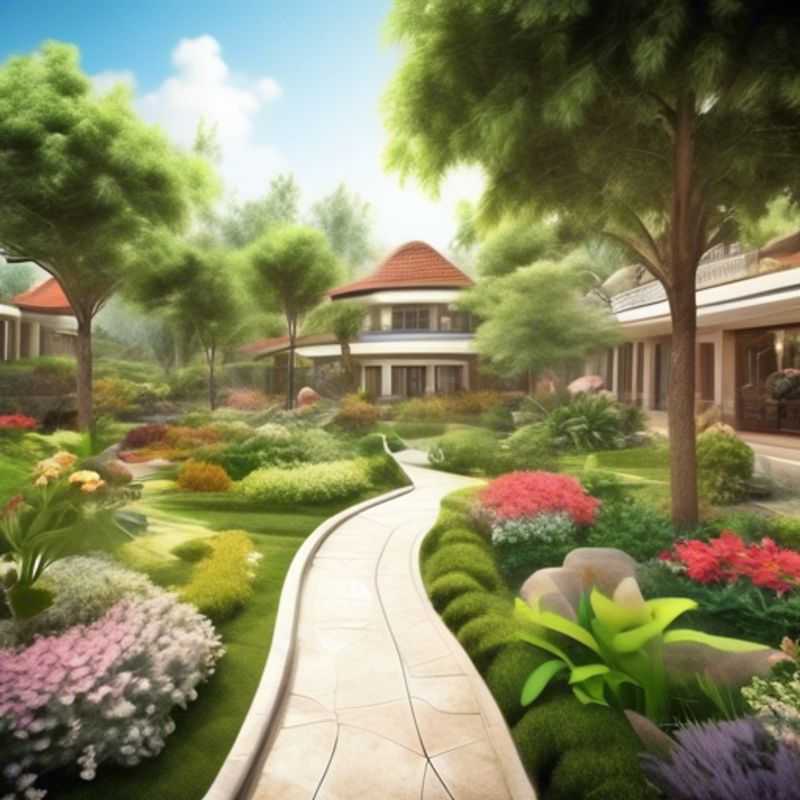
When to Consult a Professional Landscape Designer
If you're embarking on a landscaping project, consulting a professional landscape designer can be a valuable investment. They offer expert guidance, ensuring your vision comes to life effectively and sustainably.
Here's why consulting a landscape designer can be beneficial:
• **Expertise:** Landscape designers have specialized knowledge of plant selection, soil conditions, drainage, and design principles. They can create a functional and aesthetically pleasing outdoor space tailored to your needs.
• **Efficiency and Cost-Effectiveness:** A designer can help you avoid costly mistakes by creating a well-planned design. Their knowledge of materials, techniques, and plant choices can save you money in the long run.
• **Sustainability:** Landscape designers are increasingly focused on sustainable practices. They can incorporate water-wise plants, eco-friendly materials, and efficient irrigation systems, reducing your environmental impact.
Remember, a landscape designer's services are typically paid. You can expect to pay for initial consultations, site visits, design plans, and potentially, project management services if they oversee the implementation.
Take advantage of this professional expertise to create a beautiful, functional, and sustainable outdoor space that you'll enjoy for years to come!
